Compost, Recycling & Landfill
New For 2018! We are now serving all compostable bioplastics!
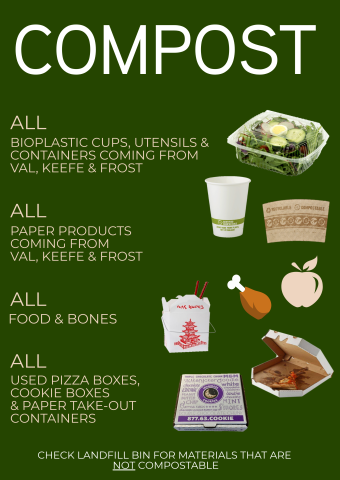
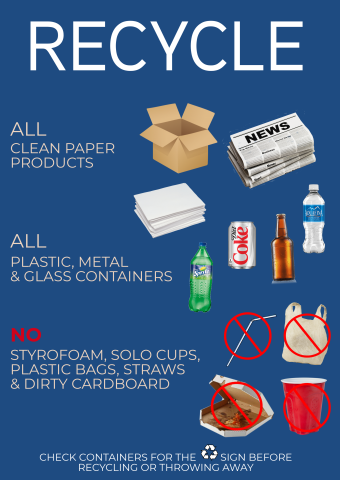
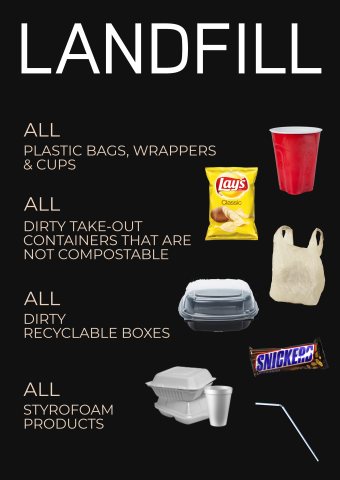
New For 2018! We are now serving all compostable bioplastics!



Put All Recyclables in One Bin! As part of the college's ongoing efforts to reduce campus waste, Amherst started implementing a single-stream recycling program in 2013. That means that all recyclable products (paper; rinsed plastic bottles, metal cans and glass jars; clean pizza boxes, aluminum foil and trays; clear plastic clamshell containers; empty aerosol cans; milk/juice cartons; and so on) can be disposed of in the same bin, and the college's recycling partners will do the sorting. Questions? Call the Recycling Center at 413-542-5038 or email Paul Thornton at prthornton@amherst.edu. Just remember: Put them all in one bin!
The chart below shows the college's trash and recycling data from 2003 onwards. Have any ideas to reduce waste on campus? Contact Laura Draucker of the Office of Environmental Sustainability at ldraucker.amherst.edu.
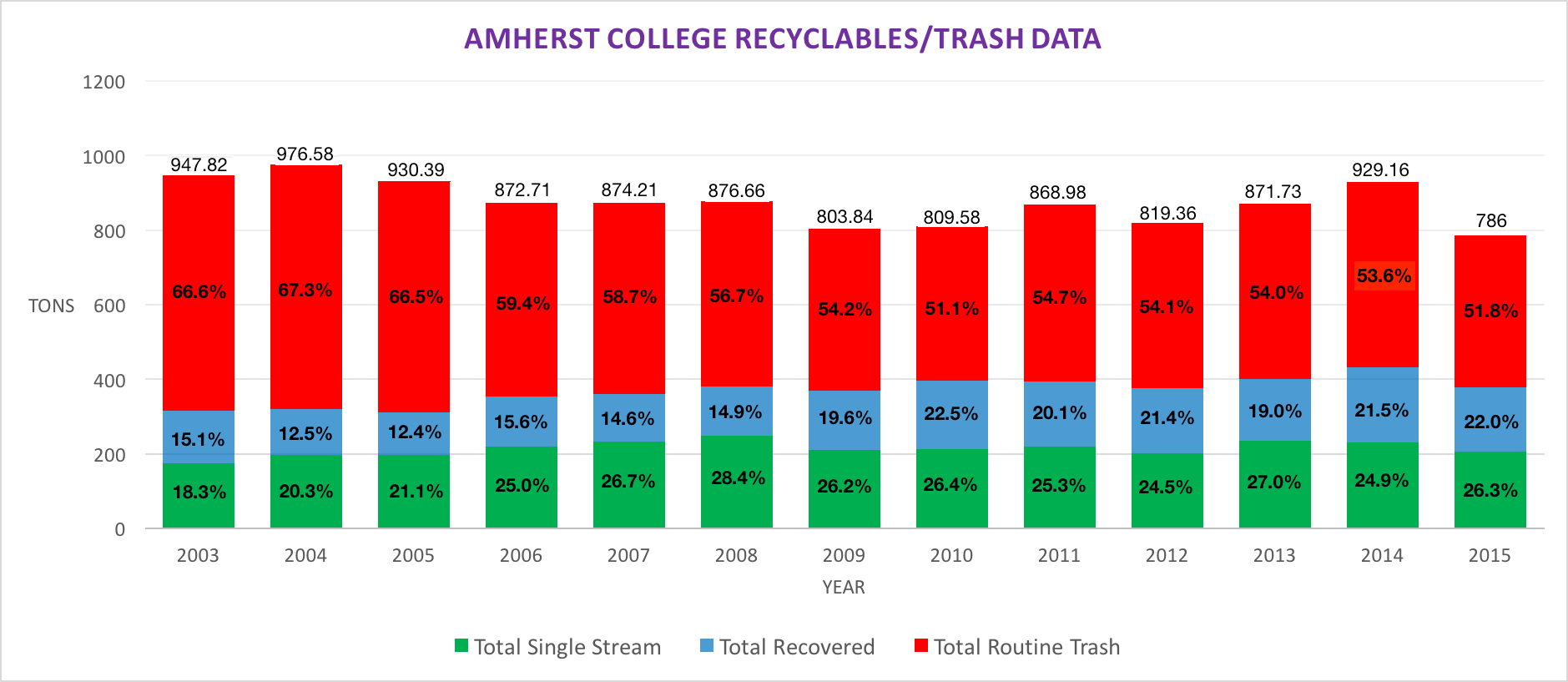
Total Single Stream: the amount of waste that was collected for single-stream recycling (before 2013: a multi-stream system was implemented)
Total Recovered: other types of waste such as tires, batteries etc. that were collected instead of disposed of at the landfills
Total Routine Trash: trash that goes into landfills
Starting in the Fall of 2009, Amherst College implemented post-consumer food waste composting in Valentine Dining Services. The results of this program have been significant. The program is diverting approximately 8 tons of food waste each month to a local farmer.
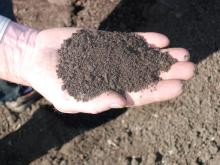
Composting is the naturally occurring biological decomposition or organic matter by a variety of micro-critters (bacteria, fungi, etc.) into a stabilized material that we call compost.
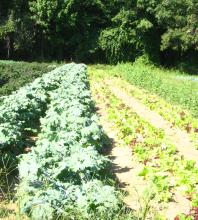
When added to soil by farmers, gardeners, and landscapers, compost adds to soil structure and tilth and reduces soil compaction.
Compost in soil acts a bit like a sponge and improves the soil’s ability to hold water and nutrients and release them slowly as plants need them.
In addition to holding nutrient, compost is rich in nutrients like nitrogen, magnesium, and phosphorous that plants need. And it has those nutrients in a form that plants can use. Not only do plants need those nutrients, but they need them in an organic form for plants to be able to absorb the nutrients. Compost provides nutrients in that organic form that plants need.
Composting food waste avoids the methane generated in landfills. If food waste is thrown away in a landfill, it decomposes anaerobically, generating methane, a greenhouse gas 25 times more powerful than CO2.
Composting helps to store greenhouse gasses out of the atmosphere. Photosynthesis removes carbon dioxide from the atmosphere and stores it in plant tissue. Composting plant remnants after they die or are harvested helps return that carbon to the soil and store it there.
Composting also adds valuable nutrients to the soil. If those nutrients are not replenished by natural means such as compost, they have to be added by synthetically manufactured fertilizers. Composting food waste returns essential nitrogen and phosphorous to farms and landscapes in a form that plants can use. To make synthetic chemical fertilizers do the same thing, it takes a lot of energy and emits a significant amount of greenhouse gas.
According to recent estimates by the U.S. EPA, 13% of all U.S. greenhouse gas emissions are from the provision of food and that almost 35% of all the energy used in U.S. agriculture is used just to manufacture fertilizers and pesticides.
According to a recent article by Dr. Sally Brown, it takes 4 units of carbon dioxide for each unit of synthetic nitrogen fertilizer and 1.75 units of carbon dioxide for each unit of synthetic phosphorous fertilizer (BioCycle, October 2009).
The New York City Compost Project
Please Note: Amherst College does not officially endorse any of these products or organizations. They are listed here only as a convenience to assist students and the Amherst College community to find recycling information or find recycled-content products.
The sites listed above are the sole responsibility of the vendors or organizations who maintain them. Amherst College is not responsible for any content on the sites listed above.